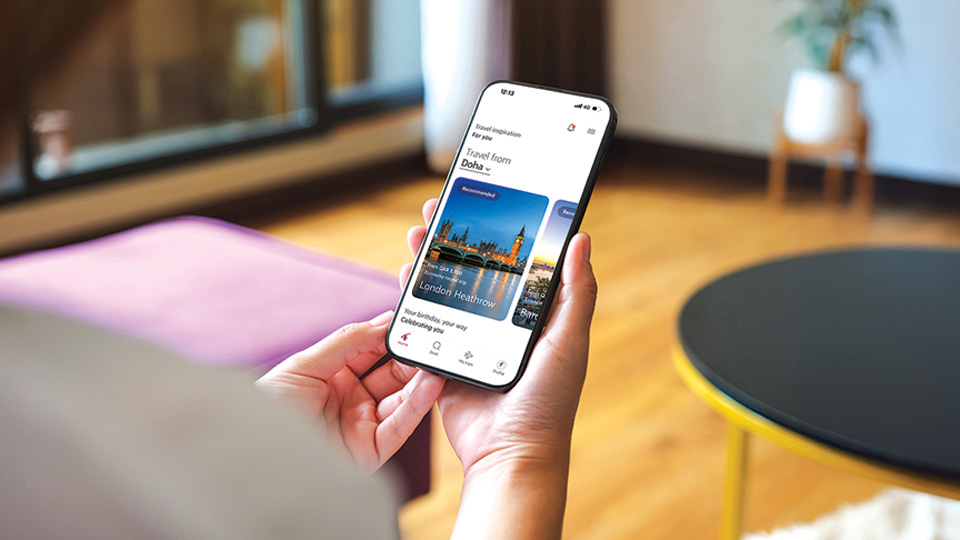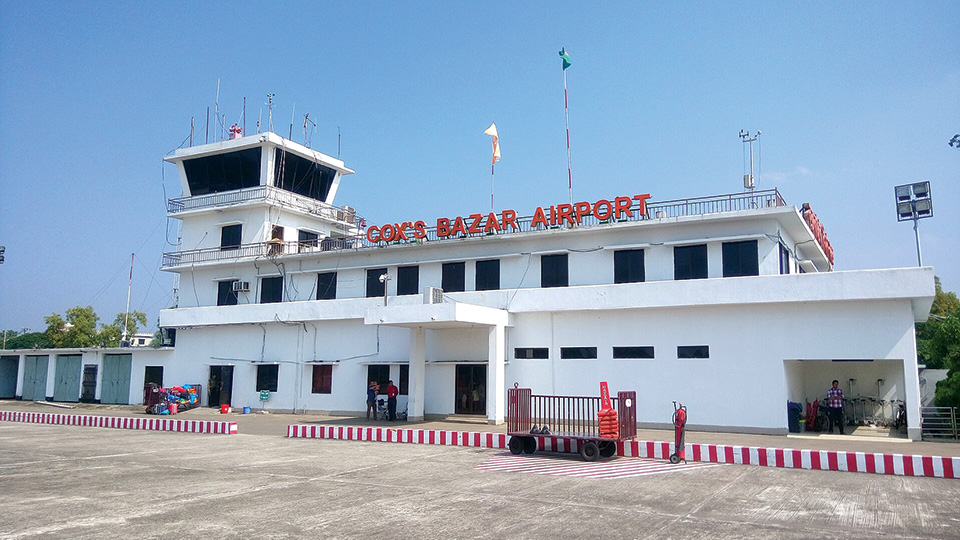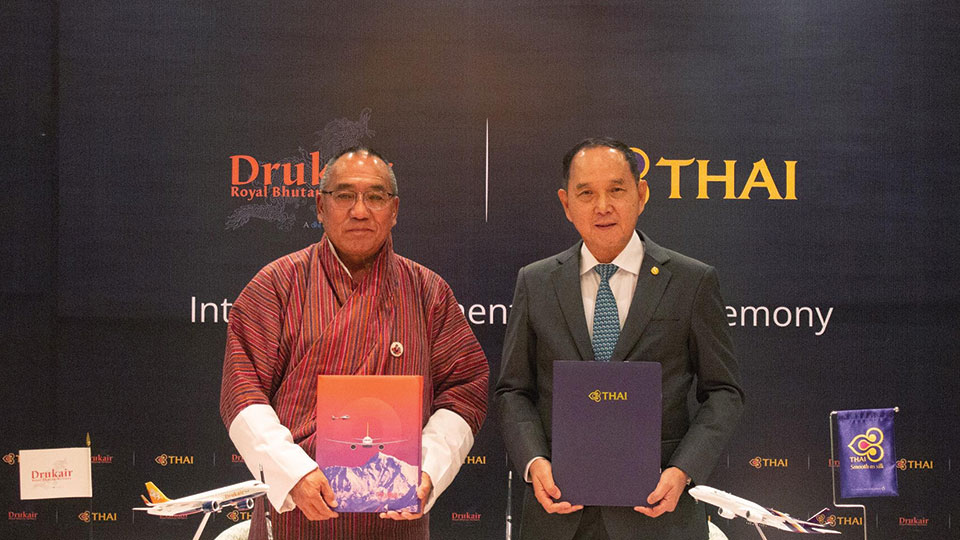
Dhaka : With a humble beginning, country's national carrier Biman Bangladesh Airlines spread its wings. Established on January 4, 1972 as Bangladesh's national airline under the Bangladesh Biman Ordinance (Presidential Order No 126), the flag carrier was launched by 2,500 former employees, including 10 Boeing 707 captains and seven other former pilots of Pakistan International Airlines, who submitted a proposal to the then government on December 31, 1971, following the country's independence. Initially, the airline was called Air Bangladesh, however, the name was soon changed to what we know it as now-Biman Bangladesh Airlines.
On January 16, 1972, a month after the country's liberation, pilots Captain Alamgir Sattar Bir Protik and Captain Shahabuddin Ahmed Bir Uttom went to see the Father of the Nation Bangabandhu Sheikh Mujibur Rahman at his residence on a mission. They requested him to ask the Bangladesh Air Force to donate the DC-3 aircraft which BAF received as a gift from the Maharaja of Jodhpur along with one Otter and one Allumette helicopter.
Captain Sattar and Shahab both flew that DC-3 during Operation Kilo Flight and were experienced on that aircraft. Bangabandhu agreed and the DC-3 was handed over to Biman.
After some maintenance work, the capacity of the aircraft was increased to 16 passengers.
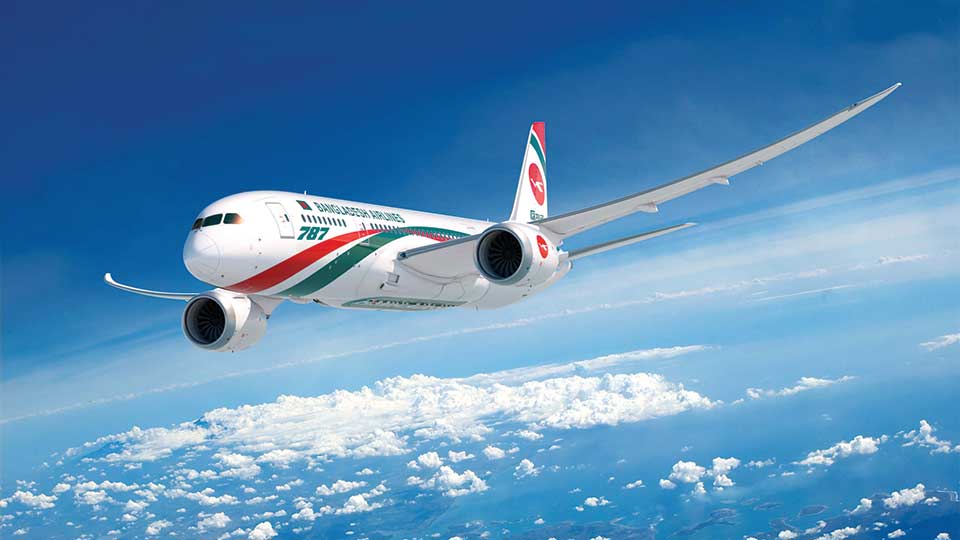
Boeing 787 Dreamliner of Biman Bangladesh Airlines
With this DC-3 aircraft, the national flag carrier operated its first flight on February 4, 1972, from Dhaka to Chattogram and then on to Sylhet, Jashore and Ishwardi.
However, unfortunately, only six days after the first flight, the DC-3 crashed while taking-off at Tejgaon Airport during a training flight. The crash killed Captain Khaleq, Captain Nasir Haider, Cadet pilot Sharfuddin, Cadet Pilot Moazzem Hossain and Cadet Pilot Mostofa. Following this accident, Biman promptly procured two Fokker F-27s from Indian Airlines and resumed operations.
Additional capacity was provided with the incorporation of a Douglas DC-6, loaned by the World Council of Churches, which was in turn replaced with another Douglas DC-6, a DC-6B model leased from Troll-Air, to operate Dhaka-Kolkata route.
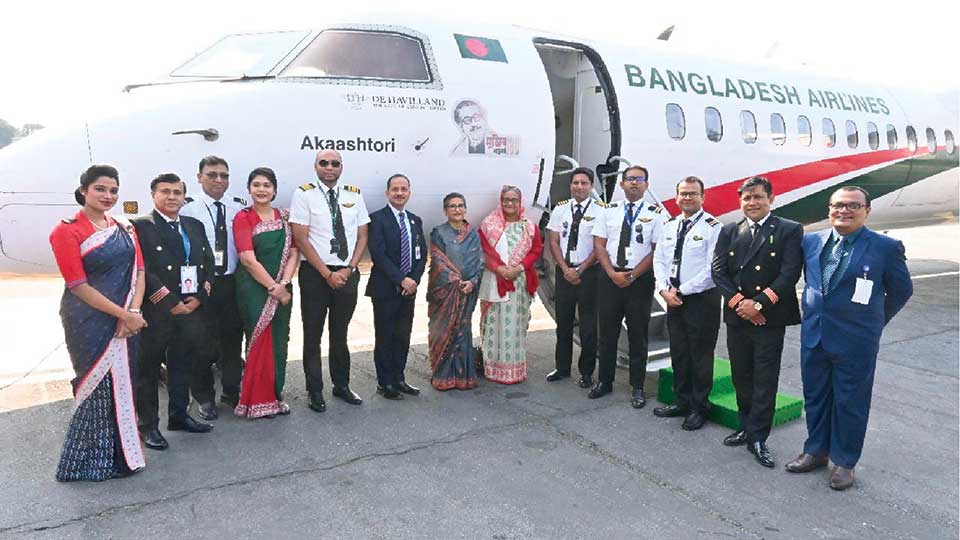
On December 26, 2023 Hon'ble Prime Minister Sheikh Hasina travelled to Saidpur flying in Dash Q400 aircraft
On March 4, 1972, Biman spread its wings to international destinations with a weekly flight to London using a Boeing 707 chartered from British Caledonian. The short haul fleet was supplemented by a Fokker F27 from India on March 3, 1972. The aircraft was employed on a daily scheduled flight between Kolkata and Dhaka on April 28, 1972. Three additional Fokker F27s were acquired during March and September, 1972. In the first year of operation, Biman operated 1,079 flights carrying just over 380,000 passengers.
In 1973, four Fokker F27s joined the fleet, enabling Biman to double the frequency of the Kolkata flight to a twice daily service. A Boeing 707 was added to the fleet in September 1973 and the flight to London was increased to twice-weekly, while a Chattogram-Kolkata flight was also launched.

Biman Bangladesh Airlines’ head office Balaka in the capital
In 1974, operations were extended to Kathmandu (February), Bangkok (November) and Dubai (December). In 1976, Biman sold two of its Fokker F27s and bought another Boeing 707 to extend international services to Abu Dhabi, Karachi and Mumbai. Singapore was added to Biman's list of international destinations, when a third Boeing 707 was purchased in February 1977, followed by Jeddah, Doha and Amsterdam the following year, which also saw the purchase of its fourth Boeing 707.
In 1977, Biman was converted into a public sector corporation to be governed by a board of directors appointed by the government. The airline broke even for the first time in 1977-78, and made a profit, the following year. International destinations expanded to include Kuala Lumpur, Athens, Muscat and Tripoli in 1979, followed by Yangon, Tokyo and Dhahran in 1980.
In 1981, Biman took delivery of its first 85-seater Fokker F28-4000. In 1983, three Douglas DC-10s joined the fleet and the airline started to phase out the Boeing 707s. The flight network expanded further to include Baghdad (1983), Paris (1984) and Bahrain (1986).

Biman Business Class in Boeing 787 Dreamliner
On August 5, 1984, Biman faced its worst accident ever, when a Fokker F27 flying in from Chattogram, crashed near Dhaka, killing all 49 on board. The long haul fleet was then supplemented by the purchase of two new Airbus A310s in 1996, followed by the addition of two more in 2000, from Singapore Airlines and Air Jamaica, and another in 2003.
Meanwhile, Biman procured two brand new advanced BAe ATPs in late 1990. These two turbo-prop aircraft were used for domestic and regional routes.
In 52 years, Biman now has 21 aircraft including four B777-300 ERs, four B787-8s, two B787-9s, six B737s and five Dash8-Q400s.
Currently, Biman is operating flights from Dhaka to all domestic destinations. Worldwide, the airline is flying to Chennai, Guangzhou, Delhi, Narita, Toronto, Singapore, Sharjah, Riyadh, Muscat, Manchester, Medina, London, Kuwait, Kuala Lumpur, Kolkata, Kathmandu, Jeddah, Dubai, Doha, Dammam, Bangkok, Hong Kong and Abu Dhabi.
Biman is also codesharing with Gulf Air to carry passengers between Dhaka and Bahrain, with onward connections to Chattogram and Sylhet.
The airline is planning to carry passengers up to Seoul and other onward destinations in the Asia Pacific as well as the west coast of the United States and Montreal of Canada through codesharing with Korean Air and All Nippon Airways.


